How many mm should the clearance be between the A and B pads in the picture below?
And clearance between C pad and D pad?
And clearance between E pad and F track?
And clearance between F track and G track?
Voltage: let's assume 300 volts AC.
PCB: Let's assume coated,(standart settings in jlcpcb or pcbway)
Note: I randomly created the circuit so that I could ask my questions.
I need help with the importance of clearance here and how much it should be.
